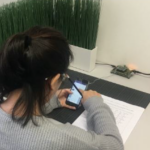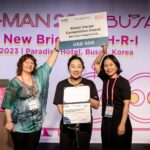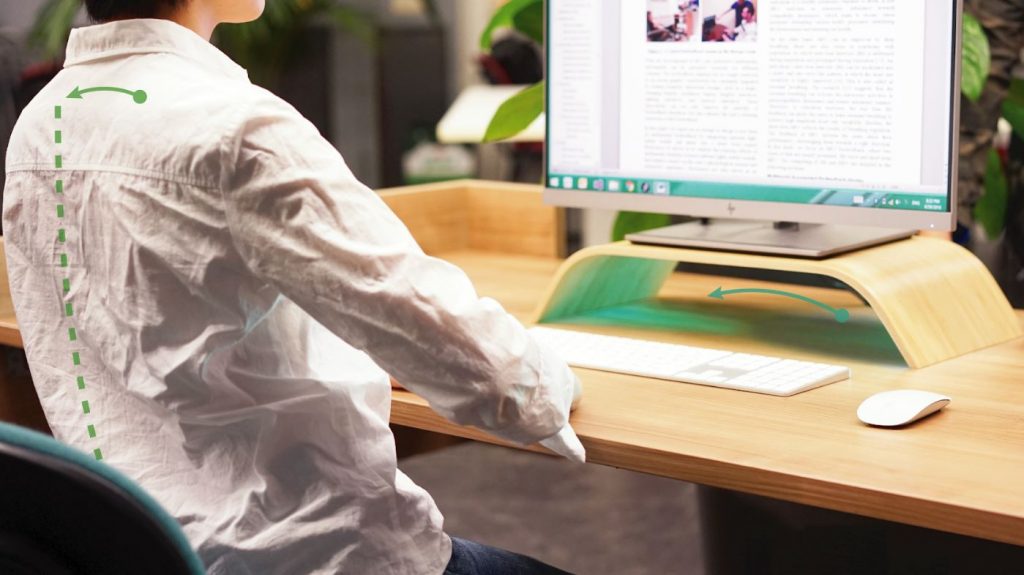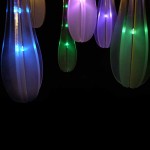- Help-seekers adjust their diction to be more empathic and tactful when they perceive co-workers as stressed.
- Help-seekers experience less negative emotional shifts when rejected by stressed rather than relaxed co-workers, suggesting empathy towards stressed individuals.
- Social messaging applications could boost workplace empathy by enabling stress status sharing, albeit with caution for relaxed status displays.
- For privacy and reduced stigmatization, using subtle haptic vibrations could be considered for signaling users’ negative or sensitive emotional states.
Category: Uncategorized
Robot Design Competition Award at IEEE RO-MAN 2023
Best Robot Design Process Award @ IEEE RO-MAN 2023 Robot Design Competition, for the design Petting Pen for Stress Awareness and Management in Children. We are very proud of our PhD candidates Jing Li and Pinhao Wang!
DDW 2019 Mind the Step: LightSit – Subtle periods of rest and activity at your workstation
See more at
http://www.mindthestep.nl/lightsit.html
Although the ‘new way of working’ has many advantages, the more intelligent use of time, space and resources often
Best Demo Award @ AutomitiveUI 2017
AdMoVeo on Omroep Brabant
Girls from KNOL design borrowed some AdMoVeo‘s to serve salt and pepper for their food design activities , and have been on omroep brabant last saturday.
http://www.youtube.com/watch?v=gJxNon2clro
Flow: Contextual Information Exchange
by Olaf Corduwener. [Complete Report, PDF, 1.7M]
In his report, “…The concept is visioned to be a one-of-a-kind lighting installation that reflects the contextual status of a (public) building or space. One-of-a-kind means that it is not an actual product, but it’s tailored and made specifically for a certain place. The actual contextual status it communicates therefore also depends on the placement. The way it communicates this contextual information was approached in a rather artistic way, as in the metaphorical flowing or raining of coloured light. The metaphor ‘flow’ as in the flow of people (the context of movements) or being in mental flow (immersed in the activity; the context of activity). Coloured lighting as output was chosen for its attractiveness and diverse capabilities. The lighting is placed inside dozens of glass-formed raindrops hanging from the ceiling, animating the falling of rain in diverse colours, speed and frequency. It is not an individual drop that has a particular meaning. Instead, it’s the total picture the complete installation radiates that gives it its meaning. The different output variables (colour, diversity in colour, speed of falling, frequency of falling, etc) do not reflect different input variables, but change and work simultaneously to give an impression of the contextual status…”
Software Architecture Support for Biofeedback Based In-flight Music Systems
Hao Liu , Jun Hu, Matthias Rauterberg
Abstract In this paper, we present a software architecture support for biofeedback in-flight music systems to promote stress free air travels. Once the passenger sits in a seat of a flight, his/her bio signals are acquired via non intrusive sensors embedded in the seat and then are modeled into stress states. If the passenger is in a stress state, the system recommends a personalized stress reduction music playlist to the passenger to transfer him/her from the current stress state to the target comfort state; if the passenger is not in a stress state, the system recommends a personalized non stress induction music playlist keep him/her at comfort state. If the passenger does not accept the recommendation, he/she can browse the in-flight music system and select preferred music himself/herself.
Keywords in-flight music; biofeedback; healthy air travels; stress reduction.
FULLTEXT: PDF HTML REFERENCE: BibTeX EndNote
DOI: 10.1109/ICCSIT.2009.5234489
“Er loopt een patentaanvraag voor het ontwerp van ID-studente Alice Verdonk”
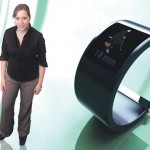 Alice Verdonk’s final project “Personal Alarm System” appeared in Cursor (or a PDF version from here):
Alice Verdonk’s final project “Personal Alarm System” appeared in Cursor (or a PDF version from here):
“Er loopt een patentaanvraag voor het ontwerp van ID-studente Alice Verdonk. ‘’Ik wil graag vertellen over mijn project, maar ik mag niet te veel details prijsgeven.’’ Verdonk wist wat ze wilde als afstudeerstage: bij een bedrijf en in het buitenland. Haar begeleider Jun Hu had contacten met de researchafdeling van Philips Healthcare in Sjanghai. ‘’Dus werd het Sjanghai.’’ Het werd geen liefde op het eerste gezicht. ‘’Toen ik aankwam dacht ik “wat een vieze stad’’, vertelt Verdonk. Gelukkig waren de mensen er toegankelijker en behulpzamer dan ze had verwacht.
Haar opdracht was de ontwikkeling van een product dat ouderen moet helpen om langer zelfstandig te blijven wonen. ‘’Het ging om apparaatje dat op het lichaam gedragen moet worden, waar sensoren inzitten. Dat apparaat moet zorgen dat er sneller hulp komt bij noodgevallen, maar het moet daarnaast ook voorkomen dat dat nodig is.’’ Er was al een eerste prototype toen Verdonk arriveerde. ‘’Daarmee hebben we praktijktesten gedaan. Ik heb hem zelf gedragen, maar we hebben hem ook getest bij bewoners in een verpleeghuis. Zij hebben het apparaatje een maand gedragen.’’ Met de evaluatie van die test en een grote stapel literatuur ging Verdonk aan de slag. ‘’Ik heb een interactiemethode bedacht op basis van de criteria die daar uitrolden. Zo is het bijvoorbeeld belangrijk dat het apparaatje met één hand kan worden bediend. Ook moest ik er rekening mee houden dat de fijne motoriek het bij ouderen niet meer zo goed doet. En de werking moet heel eenvoudig zijn; de drager moet er ook mee overweg kunnen als hij in de war is.’’ Over het daadwerkelijke ontwerp mag ze vanwege de patentaanvraag niets zeggen.
Verdonk besteedde ook tijd aan een plan van aanpak om het product op de Chinese markt te brengen. ‘’Philips richt zich hiermee vooral op de Europese en Amerikaanse markt, terwijl China zelf ook een groeimarkt is. Door de eenkindspolitiek kunnen ouderen vaak niet meer worden opgevangen door hun kinderen.’’ De ideeën van Verdonk gaan nu naar de afdeling Design van Philips. ‘’Zij richten zich helemaal op het ontwerp.
Uiteindelijk kan het er nog helemaal anders uit komen te zien. Ik ben benieuwd hoe dat uitpakt.’’ De verwachting is dat het apparaatje over een paar jaar te koop is.”
